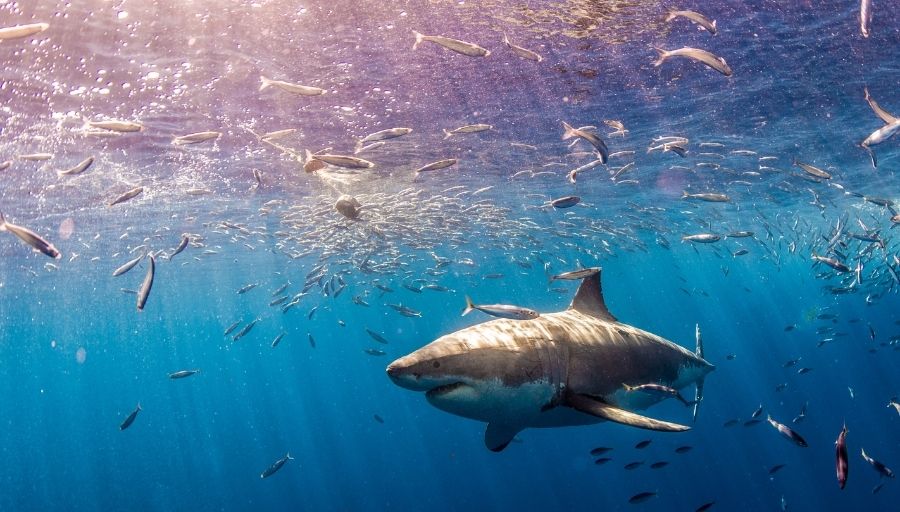Since sharks are apex predators, it doesn’t take a lot of imagination to picture how powerful these animals are. They have really large bodies, so it’s only natural to imagine that their skeletons would be made up of hard bones. In addition, looking at the razor-sharp, pointed, serrated teeth generates a sense of shock.
If you think the same thing that sharks have strong bones, hold on a minute, you might be wrong all this time. It seems obvious that something as powerful and vicious as a shark would have bones. Find out whether sharks actually do have bones in this thrilling introduction to sharks.
While sharks have been around for a long time, we still have a lot to learn about them. There’s one question that repeatedly comes up regarding their bones. So, let’s begin exploring from that.
Do sharks have bones or not?
There is nothing more fascinating in biology than shark skeletons; Sharks are the ocean’s apex predators, which suggests that they must have impressive jawbones to catch prey and strong tail bones to cross the water.
Bone is the main component of the skeletons of many animals and gives them shape and strength. But when it comes to sharks, you might be surprised to know sharks do not have any bones in their body. As a shark, its body is completely made up of cartilage; there are no bones.
Sharks are considered elasmobranchs, which are fish without bones. Then we turn to another intriguing question: what is the cartilage composed of that gives the apex predators their shape and strength?
What is cartilage, and how does it benefit sharks?
Skeletal cartilage makes up a shark’s skeleton, an incredibly flexible and strong material that can still perform all the functions of human bones. As with a bone skeleton, a cartilaginous skeleton gives their bodies form and structure and protects their internal organs. There are areas of their body that require more protection, such as their heads, which are made from calcified cartilage. Whereas other areas, such as their snouts, are made from softer cartilage.
In this way, with a cartilaginous structure, the shark is able to have a tougher skeleton in the places where it needs it most while still having the benefits of having a cartilaginous structure.
A shark’s cartilage-based skeleton gives it a great advantage and is a fundamental reason the creature is such a powerful predator. Due to the absence of a swim bladder in sharks, cartilage plays a crucial role as it is much lighter than bone. For buoyancy, they rely on their large oil-filled livers. Consequently, they would lose a lot of vigor if their skeletons were really heavy.
Furthermore, sharks are able to swim fast and make quick turns when pursuing prey because cartilage has much more flexibility than bones.
Aside from that, the ability to open their mouths much wider is possible due to the cartilage skeleton. This increases the jaw’s flexibility, which helps sharks have some of the strongest bite forces around, making them among the most dangerous predators.
In case you still have doubts, check out the reasons why do sharks have no bones, and it will all be clear to you.
Conclusion
Given sharks’ strength, body structure, and capabilities, it is reasonable to believe they would have stronger bones than most animals and humans. Sharks, however, do not have bones, but a cartilaginous skeleton that performs somehow the same functionality, i.e., gives shape and strength to the body and provides protection to the organs. Having cartilage bones, in fact, has several advantages for sharks, as discussed in the article.







